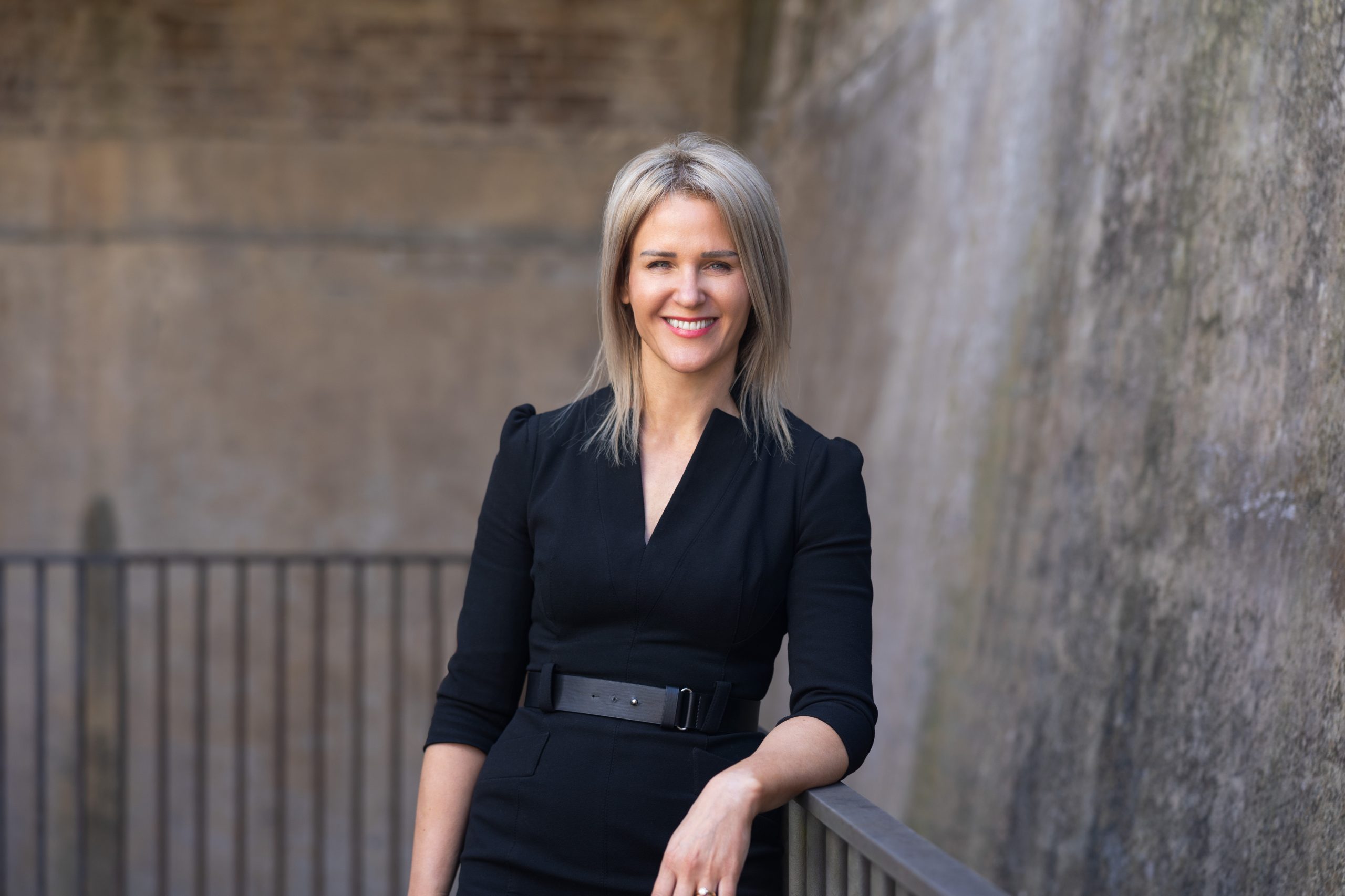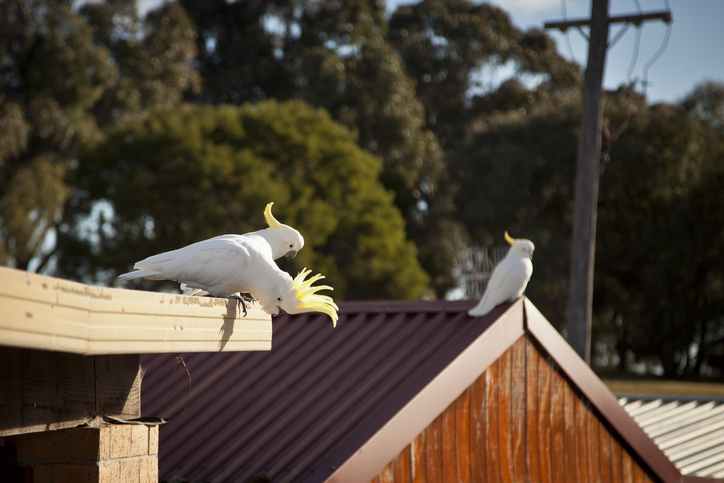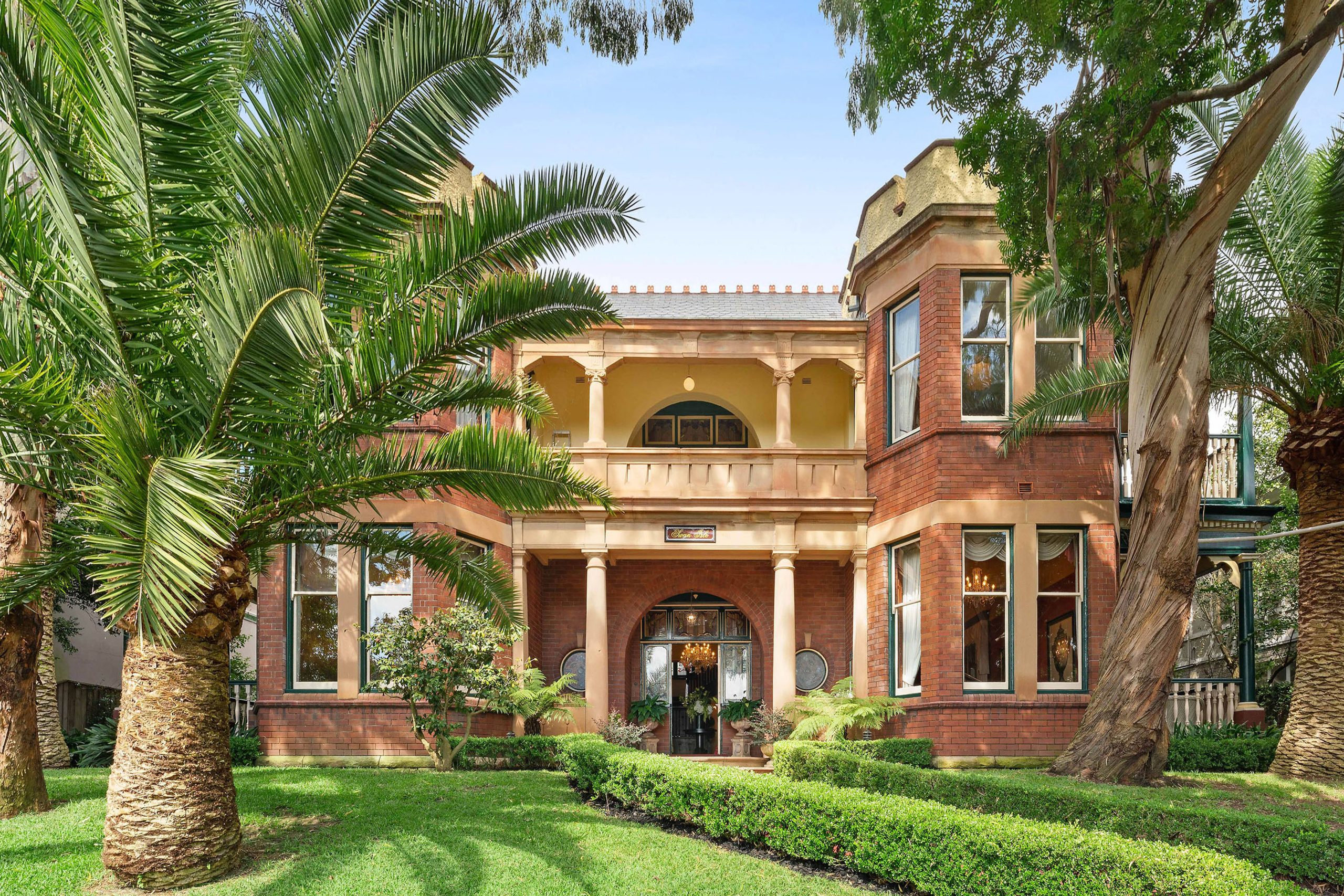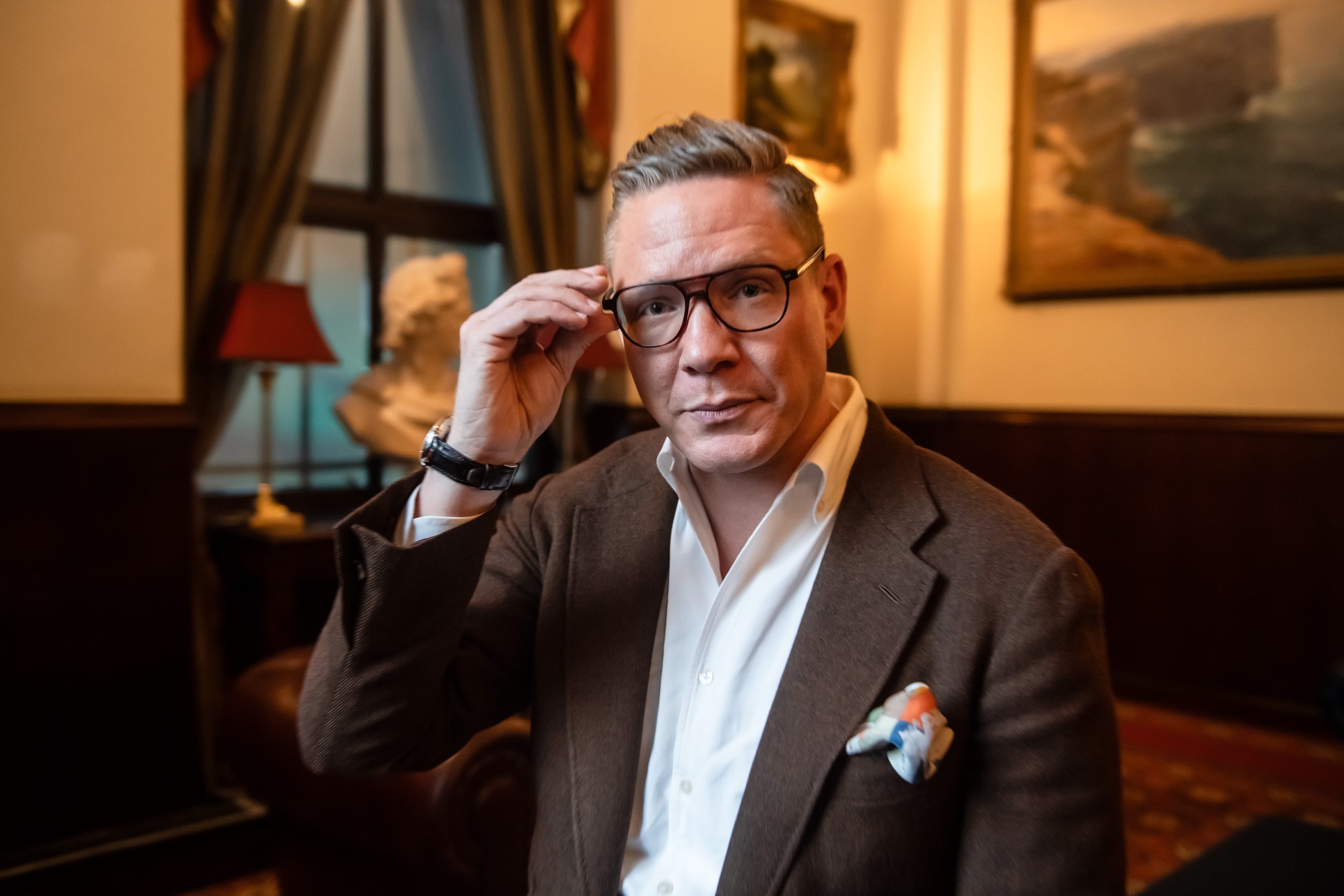Are there any affordable homes left in Australia?
Only one in four Australian houses sell for less than $500,000 today
Twenty years ago, almost all houses and apartments sold in Australia were priced under $500,000. Ordinary families routinely bought houses on quarter-acre blocks and only the affluent elite were buying real estate above the million-dollar mark. At the time, we called them ‘millionaires’ and the term meant uber-wealth.
Over the next decade-and-a-half, the magnitude of change to home values was immense. After a period of very strong price growth over the 2000s and early 2010s, only 50 percent of the housing stock was selling below the half-million mark by 2015. And today, the proportion of homes selling below $500,000 has hit an all-time low at 24 percent of houses and 39 percent of apartments, according to a report by Ray White. Many families are adopting apartment living due to affordability constraints, and first home buyers in Sydney and Melbourne are routinely purchasing starter homes for $1 million or more.
Australia has not always been a rapid-growth property market. Price growth was extremely subdued between 1880 and the 1950s. Prices began moving up in the post-WW2 era due to accelerated population growth and the end of government property price controls in 1949, explains PropTrack economist Paul Ryan. Then came the credit boom after Australia’s finance industry was deregulated in the 1980s and 1990s. Ordinary citizens en masse were able to access funding to buy their own homes, and property prices have grown exponentially ever since, with one of the biggest spikes in values occurring in the late 1990s and early 2000s.
Sydney has been the powerhouse of Australia’s property price growth over the past two decades, with the median value of a house now exceeding $1.1 million. Nerida Conisbee, chief economist at Ray White, says that over the past 12 months, less than 10 percent of all Sydney properties sold for less than $500,000. “Affordability is better in regional Australia, however, finding a low priced home in regional NSW is getting particularly difficult,” Ms Conisbee said. “Well under a third of all properties are now priced under $500,000.”

Over time, property prices in large regional towns with good road access to Sydney have boomed as people accepted a commuter lifestyle in exchange for the affordability that regional NSW offered. Today, those satellite cities are expensive themselves. For example, the median house price in Wollongong is $975,000, and on the Central Coast it is $890,000, according to CoreLogic data. A similar phenomenon has occurred in Victoria. The pandemic brought about the work-from-home era, which prompted many people to leave Australia’s two most expensive cities – Sydney and Melbourne – for more affordable markets, pushing up prices significantly in regional areas across the country.
Over the past five years, a change has occurred across the capital cities, with the two most affordable cities recording the strongest price growth. CoreLogic data shows Hobart house values have grown the most over the five years ending 31 July, with a 62.5 percent uplift to the median house price to $710,000, followed by Adelaide with a 46.7 percent increase to a median of $675,000.
Today’s rental crisis and the ongoing affordability challenges faced by young people have caused much political debate about how to boost Australia’s housing supply as quickly as possible. History shows that new supply is the key to keeping property prices affordable, and many experts argue that new high-density housing in areas with established infrastructure such as roads and services is the fastest way to provide more housing for the country’s rapidly growing population.
Ms Conisbee points out that high levels of apartment development in certain markets have kept prices more affordable. “Places where we have seen extremely high levels of apartment development have the most availability of low priced apartments,” Ms Conisbee said. “Gold Coast and Melbourne are expensive places to buy houses but there are a lot of low priced apartments in Melbourne CBD, Surfers Paradise and Southport.
“For houses, a strong development pipeline has kept outer Perth cheap with Baldivis and Armadale having the most houses being sold under $500,000 over the past 12 months. Canberra’s rapid building program has meant that the proportion of apartments sold under $500,000 drastically exceeds the number of houses sold under this price point.”
A 30-metre masterpiece unveiled in Monaco brings Lamborghini’s supercar drama to the high seas, powered by 7,600 horsepower and unmistakable Italian design.
Once a sleepy surf town, Noosa has become Australia’s prestige property hotspot, where multi-million dollar knockdowns, architectural showpieces and record-setting sales are the new normal.
More than half of Stage One was exchanged on opening day as buyers chase harbour views, amenity and metro connectivity at 177 Walker Street.
North Sydney’s apartment market notched another milestone with the launch of The Walden, where 55 per cent of the Stage One release exchanged contracts totalling $103 million within three hours of sales opening. The project is by ALAND, a gold star iCIRT rated developer and builder.
Positioned at 177 Walker Street on the eastern edge of the CBD, The Walden fronts uninterrupted harbour views from the Sydney Harbour Bridge to Sydney Heads.
Limited local housing supply, strong demand from affluent downsizers and a growing population are cited as drivers of both interest and pricing in the suburb.
Data referenced in the release notes North Sydney apartment prices rose nearly 10 per cent in the 12 months to August 2025, compared with an average year to date gain of 0.7 per cent across wider Sydney. The precinct continues to benefit from public and private investment as it evolves into an 18 hour destination.
“It’s clear that North Sydney’s changing rapidly, and property buyers are excited both by what’s on offer in the suburb now, as well as what’s yet to come,” ALAND Founder Andrew Hrsto said.
“Against this backdrop, The Walden is set to become a benchmark for luxury living in North Sydney, and it’s perfectly poised for buyers to capitalise on the continued growth and transformation in the local area. With its unrivalled amenities, refined design, and rare balance of sophistication and community connection, The Walden delivers a lifestyle unlike anything else on the market.”
Planned resident facilities include a fully equipped gym, wellness and treatment room, spa, wine cellar, residents’ lounge, private dining room, pool, dedicated work from home and meeting spaces, plus concierge services.
“Apartment sales in North Sydney have remained robust throughout 2025, and today’s opening sales at The Walden reflect strong buyer confidence in the area’s ongoing revitalisation,” said Ben Stewart, Partner at SRM Residential, which is overseeing sales.
He added that purchasers are responding to apartment scale and amenity, along with metro connectivity that places Barangaroo three minutes away and Martin Place five minutes away.
“The Walden has the best views in this part of the North Shore which can never be built out, with 70% of apartments enjoying front row views of the harbour.”
Stewart also pointed to confidence in delivery and quality. “The design and sizing of apartments at The Walden is a level above the majority of other projects on the market, and we’re seeing buyers prioritise well designed apartments that offer both lifestyle appeal and long term investment potential.
“ALAND’s 23 years of delivery success, backed its Gold Star iCIRT rating and Latent Defect Insurance (LDI) have been embraced by this market.”
Construction is scheduled to commence in early 2026, with completion targeted for 2028.
A cluster of century-old warehouses beneath the Harbour Bridge has been transformed into a modern workplace hub, now home to more than 100 businesses.
A bold new era for Australian luxury: MAISON de SABRÉ launches The Palais, a flagship handbag eight years in the making.




















